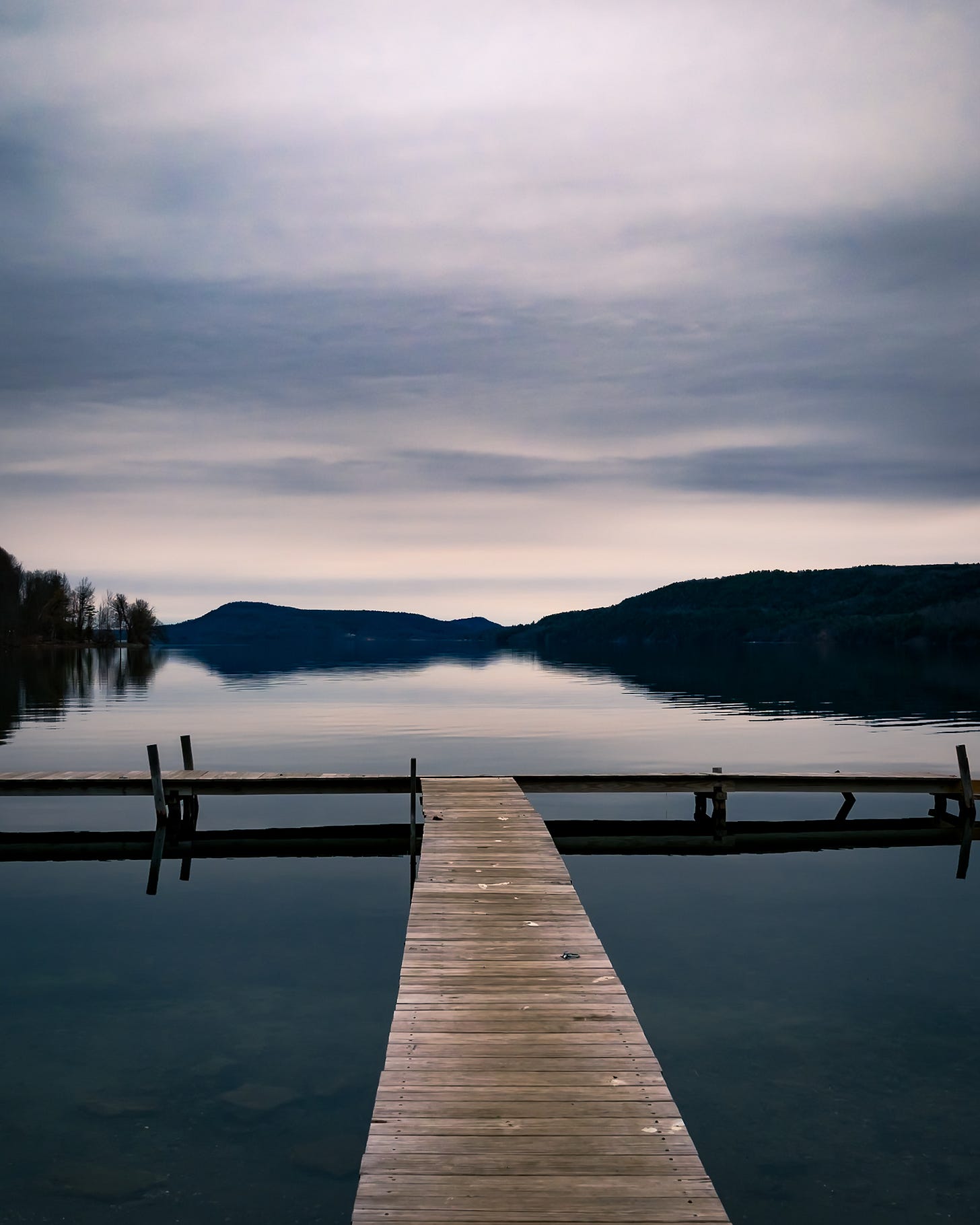Journey Into Spring
The Transition from Winter To Spring in Pictures
This spring I have undergone a total knee replacement, and for part of the season I will be on the sidelines. I took a number of these photos while preparing this essay throughout March and April, but the later images I have pulled from my library of images taken in the last couple of years. I hope to be back out gathering new images in June.
Journey into Spring
Winter is a time for beautiful minimalism. Snow and ice offer endless shapes, textures, and tones for black-and-white compositions. When spring is in full bloom, there’s color everywhere—flowers, foliage, woodlands alive with green. But what happens in between?
That used to be the season I dreaded most as a photographer. There was no snow to hide the ground, no green to dress it up, just mud, bare branches, and leftover leaves. I didn’t even try to photograph this part of the year for a long time. It was tempting to stash the camera gear in the back of the closet by March and not bring it out until Memorial Day.
But something shifted.
One early morning in March, I arrived at the Conservation Center near my house just before sunrise. I wasn’t expecting much—I didn’t think there would be anything worth photographing. Still, I picked a trail and headed into the woods. I had been stuck indoors too long. And while there were no new leaves on the trees, no fresh green anywhere in sight, the quiet thaw of winter was underway.
Thaw and Freeze
Mud, dead leaves, and leafless trees set the tone. I had to watch my footing—snowshoeing and skiing had packed the trail snow down hard, and now it was lingering as ice while the rest of the forest thawed. I was glad I wore Yaktrax on my boots.
It was still early enough in the season for another snow squall or two, but the changes were underway. Without snow, the bare trees were harder to isolate in the frame yet still striking in form. I started to pay more attention to the details—frost patterns, melting ice, and the atmospheric effects that sometimes show up at the tail end of winter: thick fog, big wet flakes, cold air meeting warming ground.
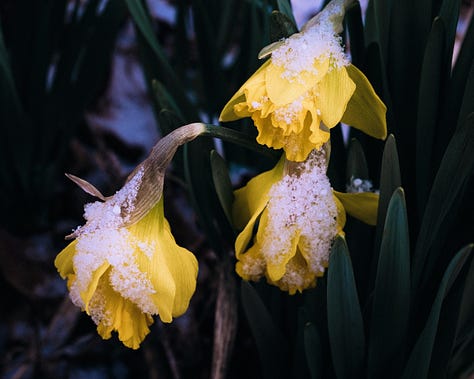
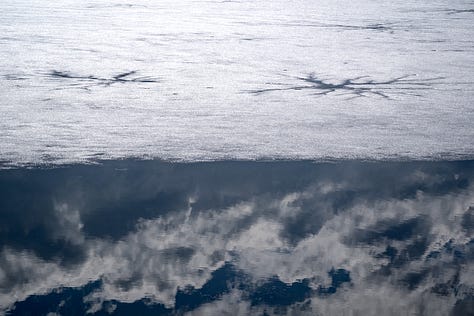
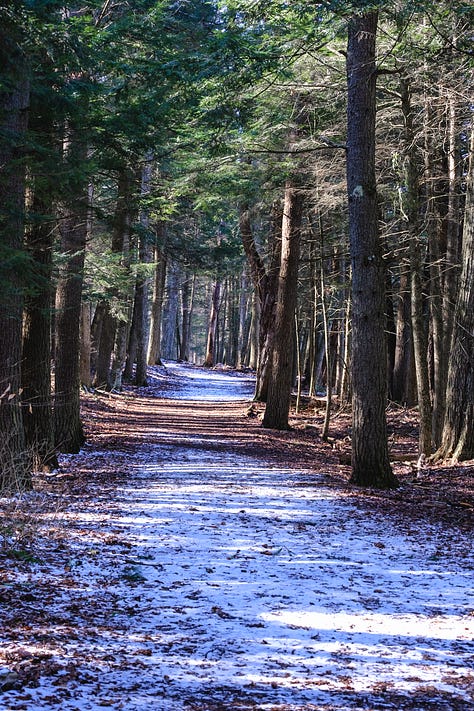
The Mud Stage
As temperatures rise, the snow and ice finally disappear. The change is subtle. You lose the crystalline textures of frost, but little else feels different at first. A late snowfall might still happen, but it won’t stay for long.
This is not the most glamorous season to hike or photograph. Trails are messy. Skies are often gray. But if you’re willing to get a little dirty, there’s beauty here too. Bare ground, soft light, and reflections in puddles can all offer something unexpected. And if you like photographing on rainy days, this is your season.
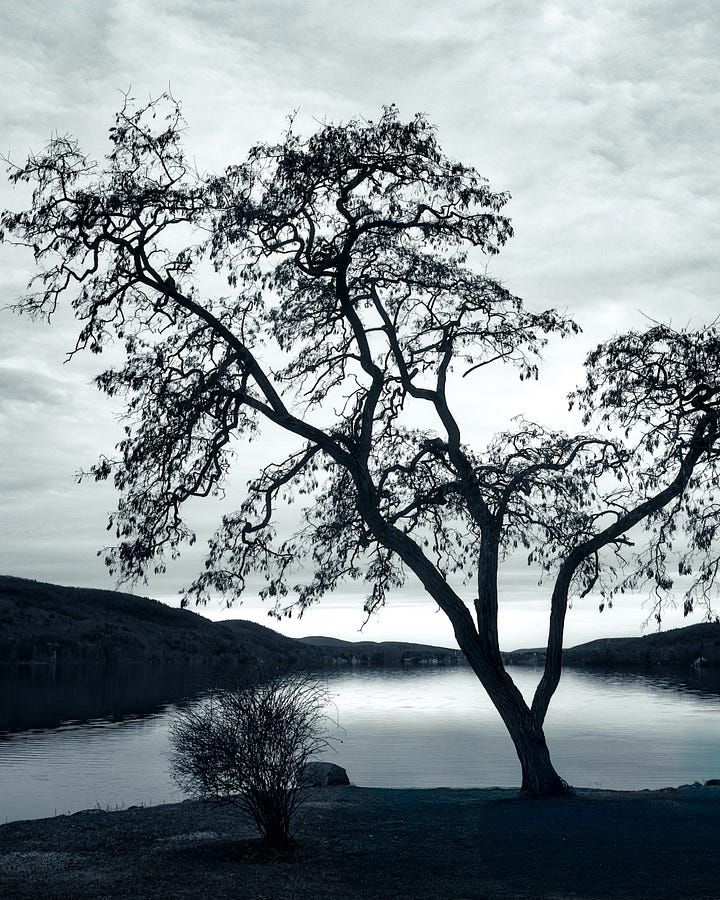
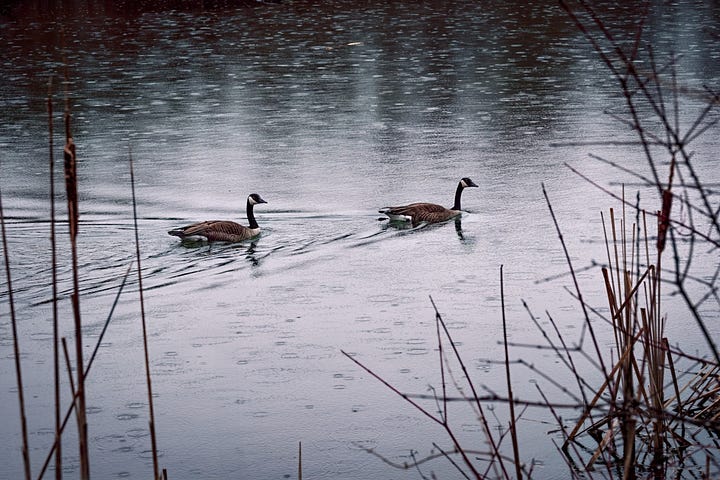
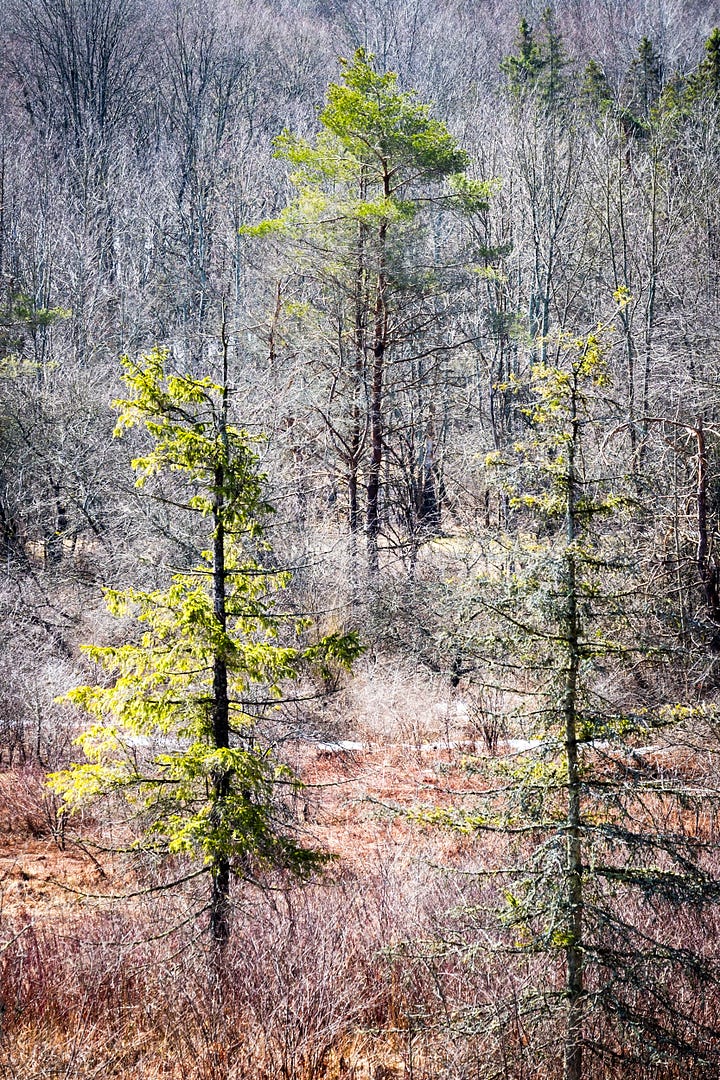
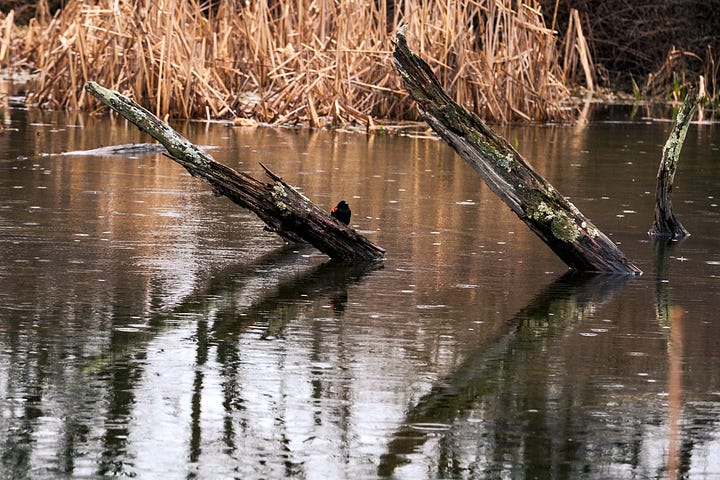
Buds and First Green
Then, slowly, the light begins to shift. You may not notice it unless you're looking for it, but it’s there. The days are longer. The forest floor begins to stir.
Ferns unfurl, moss glows greener, and tree buds start to swell. For a brief moment, there’s a red haze across the tree line—buds not yet opened. Fields and pastures take on a faint green tint. It’s all subtle. But it’s moving fast now. You start to feel like you’re chasing the changes.
If you’re into macro work, mushrooms and small forest plants also start to appear.
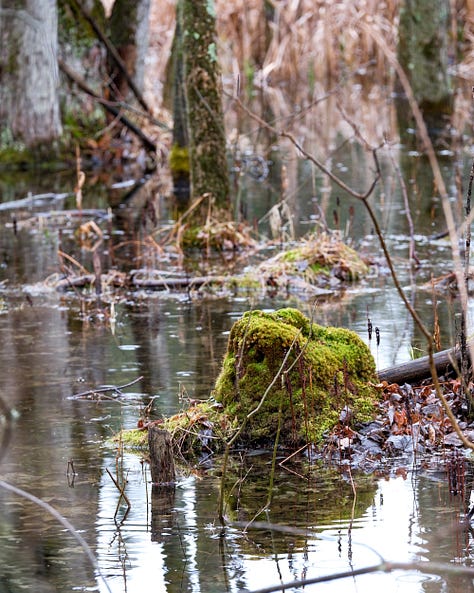
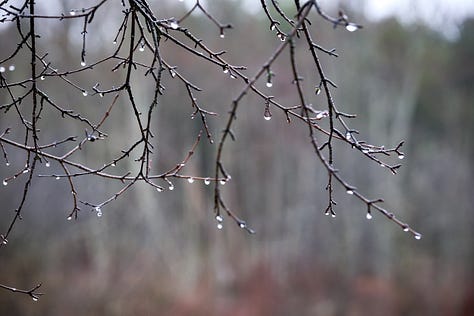
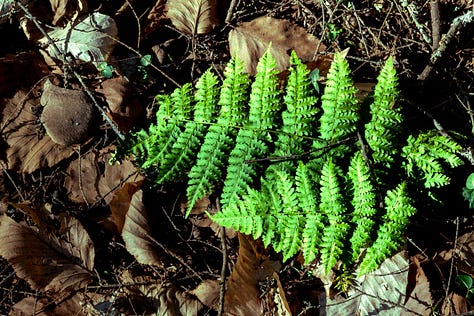
The Green Takes Hold
Then—almost overnight—it happens.
The landscape is still brown one week and fully leafed out the next. Trees fill with foliage. Trails slip under a new canopy. Dappled light returns to the forest floor. The woods feel alive again.
Birds are louder. The sun feels warmer. Shadows get longer. You no longer see the skeletal structure of trees, but instead, the color and lushness of full spring. Ferns carpet the ground, and hillsides brighten, and every composition feels more layered and vibrant.
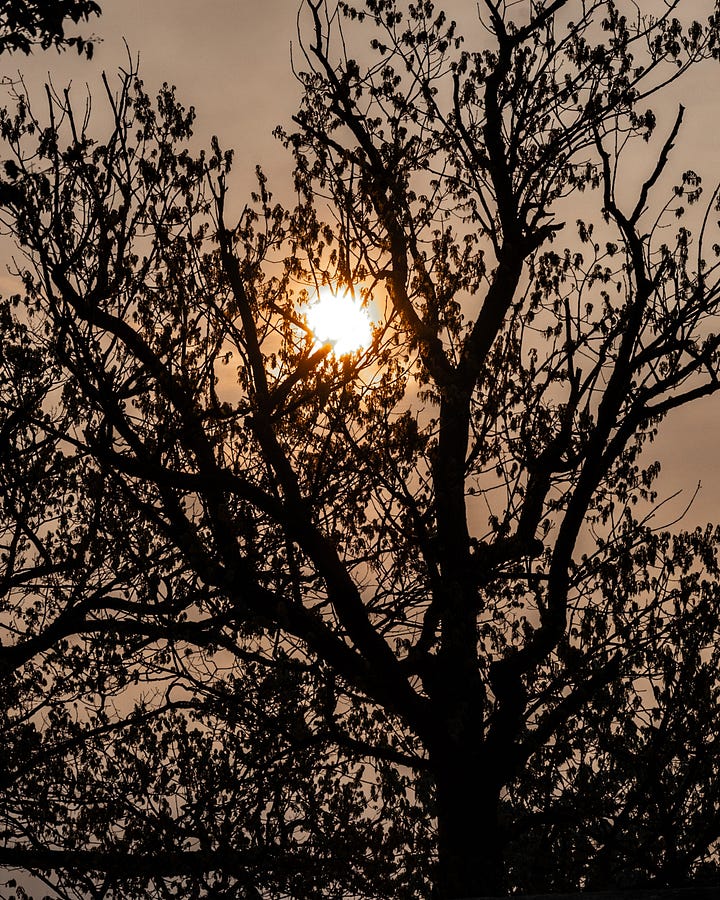
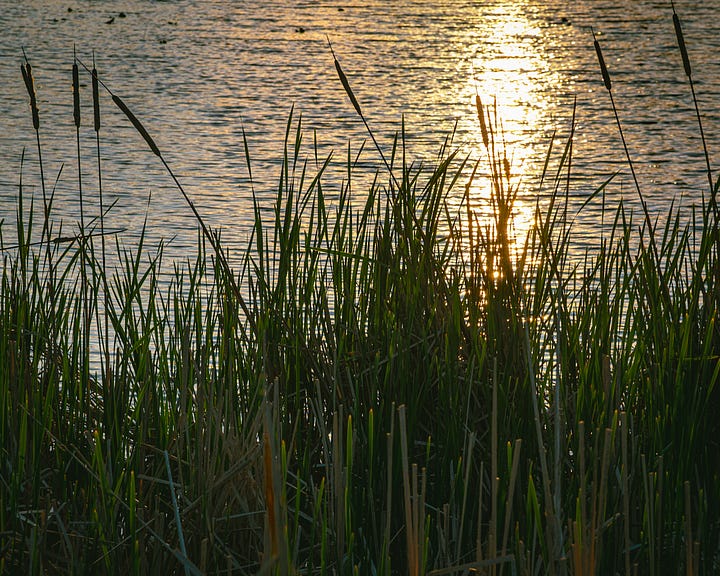
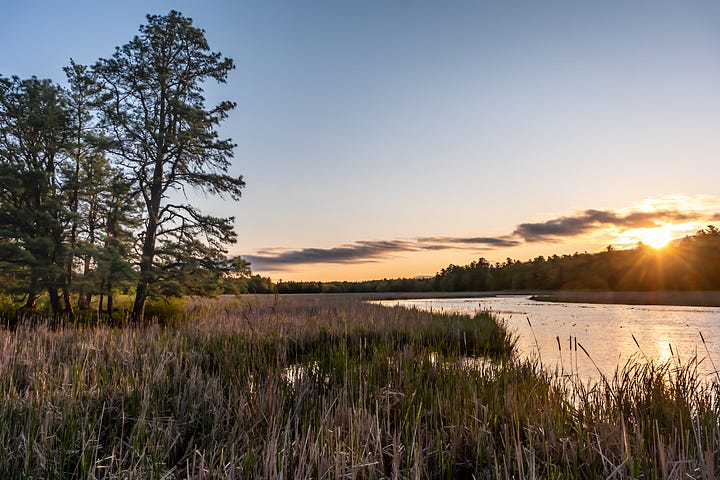
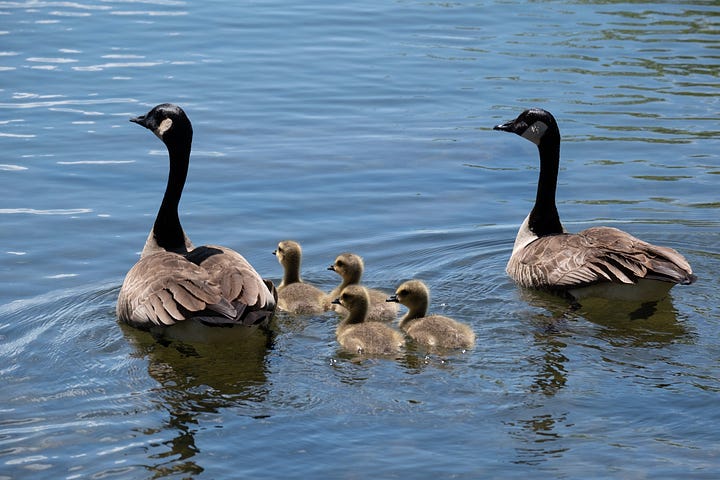
The Value of Paying Attention
I used to consider this part of the year—the “mud and dead trees” season—unworthy of photographing. Now, I see it differently.
This season teaches you to slow down. To look harder. To work for your compositions. They’re there—but you have to notice them. And when you do, they’re even more rewarding.
We can’t control how fast spring comes or how dramatic the change will be. But we can control whether or not we notice it.
Nature changes all year round. Light shifts. Trees bloom and fade. A composition that’s here today will be gone tomorrow—maybe forever. That’s part of what makes it worth capturing.
You don’t need a national park or a mountain summit. You only need to look. Spring is happening, even close to home. Especially there.
Tell us about your favorite part of this season in the comments.
✅ Where to Find Me
You can find more of my work on the web at: Simmons Photography
If you want to work with me, or inquire about licensing images: Contact Page
More of my work can be seen on Vero and Flickr.
🎒 The Gear Bag - Gear and Inspiration
Some links in this section are affiliate links. If you make a purchase through them, I may earn a small commission at no extra cost to you. I only share gear and resources I personally use or believe in.
As an Amazon Associate, I earn from qualifying purchases.
One of the most creatively inspiring books I’ve read in a while is Light, Space, and Time by David DuChemin. It’s not a typical photography book.
I’ve got a few tripods, but I think the one that gives me the most stability in a light weight package would be the Winston 2.0 from 3 Legged Thing. I’ve actually got a couple of their tripods and they have held up extremely well.
✒️ Loose Ends
On my short list for this summer is Letchworth State Park. For some reason we have not yet been there. We always seem to head farther north into the Adirondacks or to the St Lawrence River.
If you’re visiting NY State Parks on a regular basis, I highly recommend the Empire Pass. The parks are a great destination for hiking trails and photo ops, so I normally visit often.


